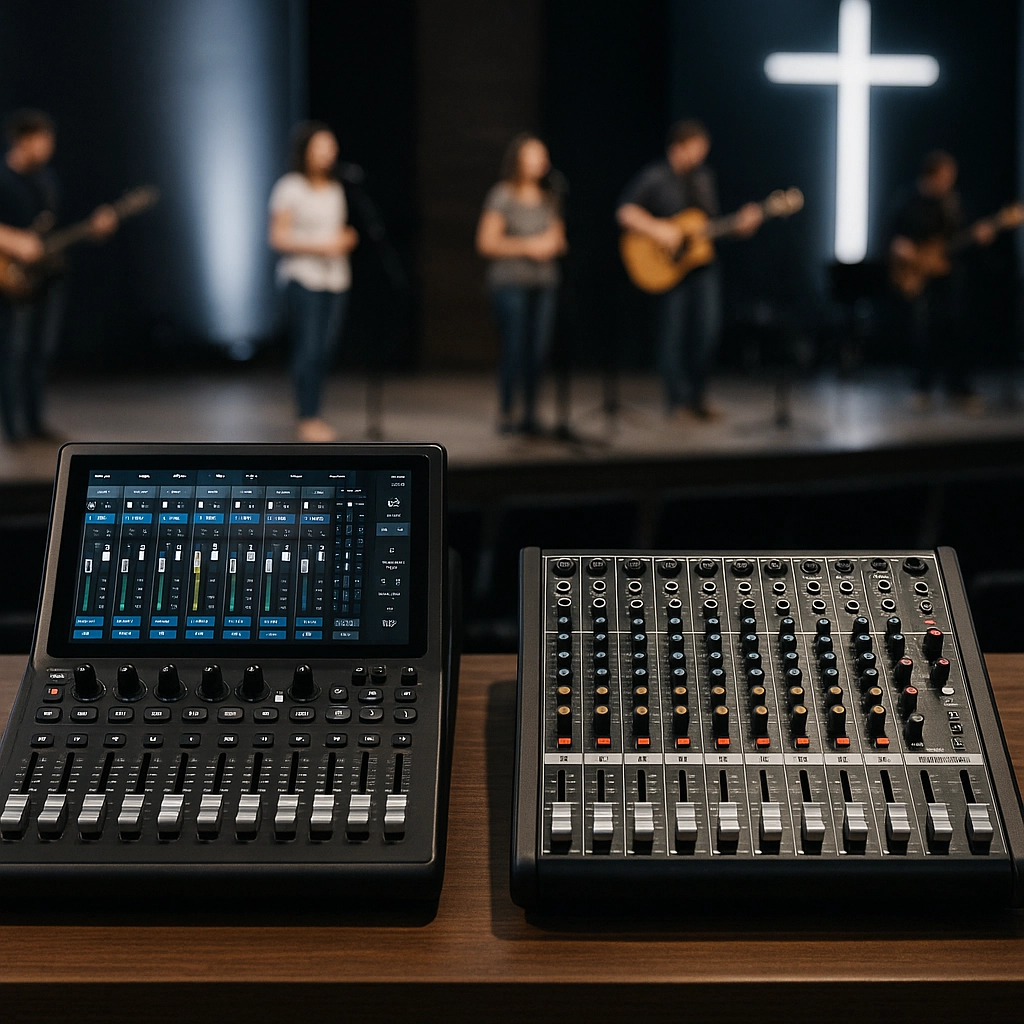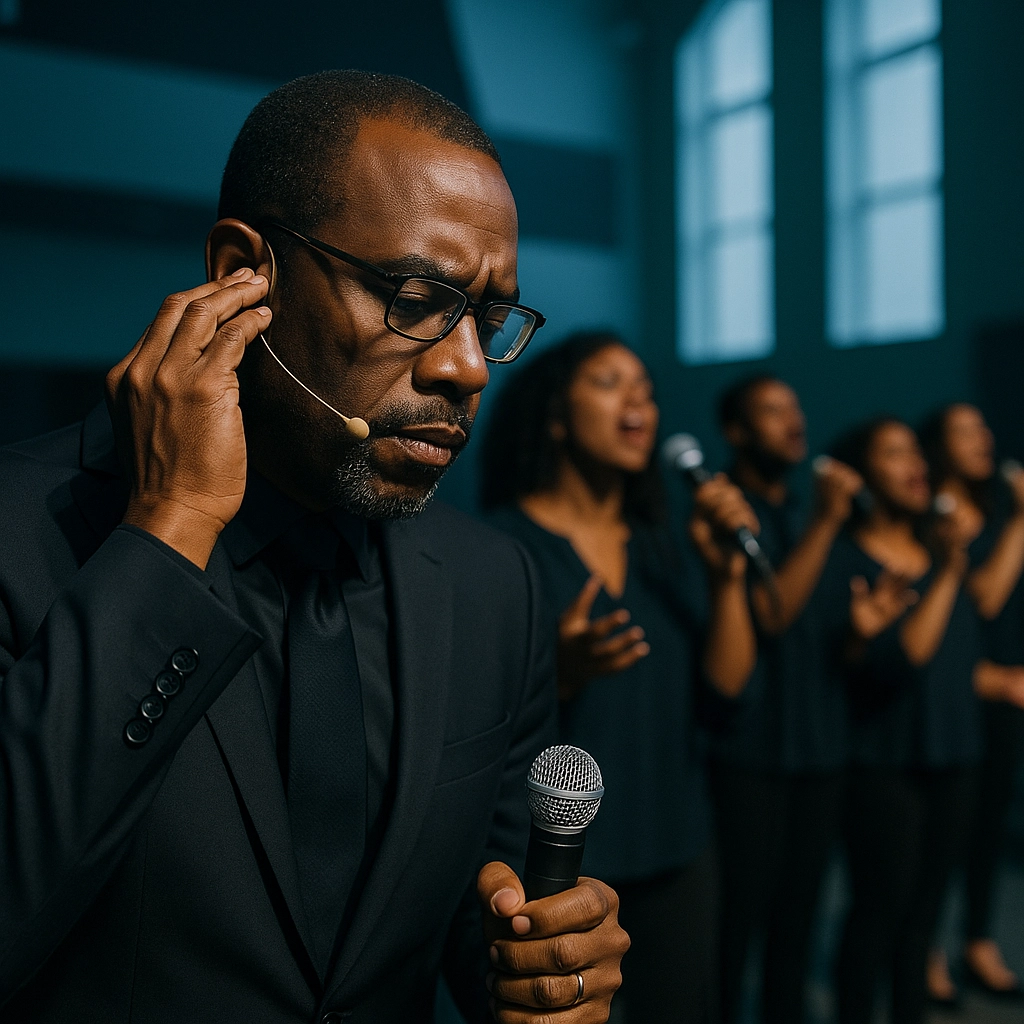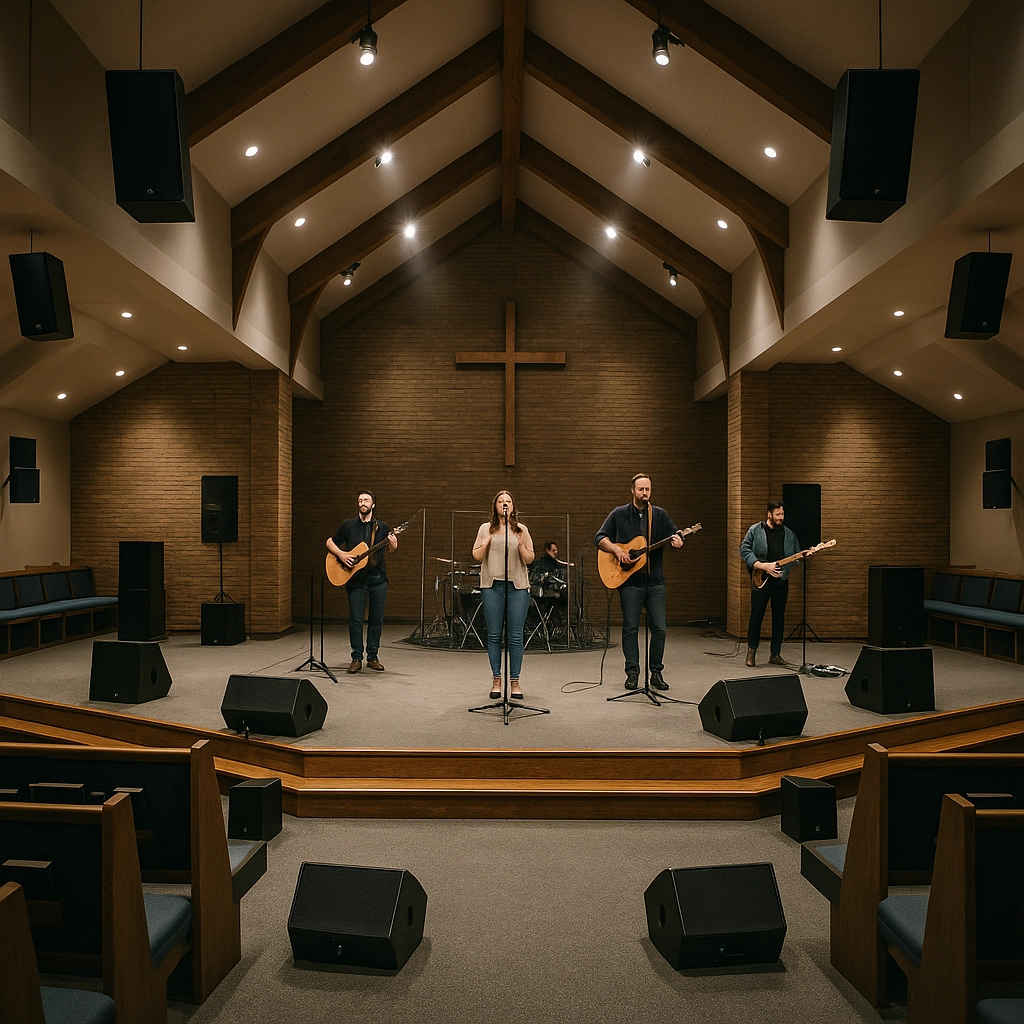A Pastor’s Guide to Choosing the Right Sound Equipment for Any Sanctuary
- davidau
- Aug 13
- 4 min read
Choosing sound equipment for a church sanctuary isn’t just about plugging in a few speakers and hoping for the best. The right sound system elevates worship, energizes music, and helps every word resonate—literally and figuratively—with your congregation. Whether you’re guiding a small rural church or overseeing a large, multi-service facility, here’s a guide to choosing sound equipment that will serve your ministry for years to come.
Know Your Space (And Its Needs)
Not all sanctuaries are created equal. A cozy, intimate chapel and a vast, high-ceilinged modern space have totally different acoustical challenges. Before you even browse equipment catalogs, take a close look at your sanctuary.
Size matters. Small sanctuaries (up to 100 people) generally need less amplification but may have trouble with echo or muddiness if the space is oddly shaped. Larger sanctuaries (300+ people) require more power and fine-tuned sound dispersion to reach everyone evenly.
Shape & materials. Hard surfaces like stone or glass can create tricky echoes; carpets and curtains absorb sound, changing how it travels. High ceilings make sound bounce, while low ones can make things feel “boxy.”
Usual activities. Do you have a full band every week or just organ and voice? Are there dramatic readings, video presentations, or big community events with lots of microphones? Knowing your main events shapes what equipment you'll need.
Essential Pieces of Church Sound Equipment
Let’s break it down to the basics. Almost every church system includes a few core components. Understanding what each does helps you make smarter choices—and feel less overwhelmed by tech jargon.
1. Mixers: Control at Your Fingertips
Your mixer is the control center. It takes sound from microphones and instruments and allows you to adjust levels, blend different sources, and shape the sound.
Analog mixers are simple, reliable, and hands-on—perfect for smaller churches or those new to audio tech.
Digital mixers come with a learning curve, but they save presets, often allow remote control via tablets, and offer more flexibility as your needs grow.
Consider the number of channels you’ll need. Each microphone and instrument generally equals one input, but it’s smart to leave a couple open for future needs.

2. Microphones: Voice Matters Most
The spoken word is crucial. A great microphone ensures the message is clear, without feedback or dropouts.
Lapel (lavalier) mics are popular for pastors who move around. They're subtle and hands-free.
Headset mics offer better sound isolation and are ideal for energetic speakers.
Handhelds are super versatile, used for guest speakers, soloists, or group readings.
Choir and instrument mics should be tailored to pick up voices without feedback or muddiness.
When possible, go wireless for freedom of movement, but look for reliable brands with good battery life and resistance to interference.
3. Speakers: Filling the Space
Good speakers make the difference between sound that inspires and noise that distracts.
Main speakers (often called FOH or “front of house”) should cover the main seating area evenly.
Monitors allow musicians or speakers to hear themselves clearly, essential for bands or choirs.
Subwoofers are a bonus for churches with energetic music, lending depth and warmth to sound.
Speaker placement is key. Improper positioning causes dead zones, feedback, or one area being blasted while another can barely hear a thing.

4. Amplifiers, Processors & Cables: Behind-the-Scenes Heroes
These often get overlooked, but they make things work smoothly.
Amplifiers: These boost weak signals so speakers reach everyone, even at the back.
Processors/EQs: Help “tune” the sound to your space, cutting down on muddiness, feedback, or shrill highs.
Cables: Don’t skimp—reliable cabling prevents frustrating failures mid-service.
How to Choose the Right Setup
Every sanctuary is unique, and your equipment should be, too. Here’s a step-by-step approach:
1. Assess Your Needs
Make a list of all the ways sound is used on a typical weekend:
How many vocalists, musicians, or speakers at once?
Any special events or dramas?
Do you stream or record services?
2. Get a Pro Evaluation
Don’t just rely on guesswork. A professional audiovisual company (like us at Timato Systems) can assess the acoustics, recommend equipment, and even show you how to get the best sound out of your budget. They’ll help you:
Avoid “dead spots”
Reduce feedback
Plan for future growth or tech upgrades
3. Demo, Compare, and Budget
Ask to demo equipment in your space if possible. Sometimes, hearing a system in action sells itself.
Prioritize clarity and reliability over flashy features.
Invest in quality for core components—cheap won’t last.
Remember: installation and acoustic treatment matter as much as the hardware.
4. Think Usability
Can your volunteers operate it easily? Is there a learning curve that fits your team’s experience? Intuitive controls and training for your team minimize Sunday morning tech stress.

Installation and Ongoing Care
Even the best equipment performs poorly if set up wrong. Professional installation guarantees the system is aligned with your building’s unique layout and acoustic quirks.
Calibration: Pros will “tune” your system using test tones and live music to make sure every frequency is balanced.
Volunteer training: Your team learns not just which knobs to twist, but why, ensuring smooth sound week after week.
Maintenance: Regular check-ups stave off surprise failures. A service contract means help is a call away if anything goes down.
Pro Tips for Getting the Most from Your Sound System
Record a service and listen: Are voices clear? Do you hear echoes or muffled spots?
Encourage feedback: Ask your congregation if they can hear in every area—including the balcony or back rows.
Stay adaptable: As your church grows or changes worship styles, keep your system flexible.
Ready for the Next Step?
Sound should support your ministry, not distract from it. If you’re ready to talk specifics or want a no-pressure onsite evaluation, reach out to the Timato Systems team. We’ve helped churches from the smallest community chapels to large worship centers find the right fit—and we’d love to help you, too.
Every sanctuary deserves sound that inspires. Make it happen for yours—from the first hymn to the last word, and every moment in between.



Comments